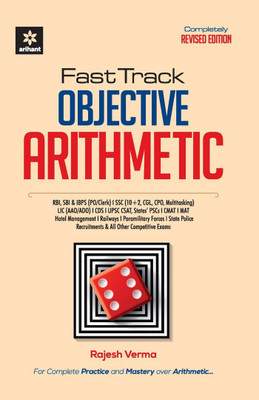
Developmental Stages in the Rhesus Monkey (Macaca mulatta) (English, Paperback, Gribnau A.A.M.)
Share
Developmental Stages in the Rhesus Monkey (Macaca mulatta) (English, Paperback, Gribnau A.A.M.)
Be the first to Review this product
₹212/month
36 months EMI Plan with BOBCARD
Special price
₹6,003
₹6,695
10% off
Available offers
T&C
T&C
T&C
T&C
Delivery
Check
Enter pincode
Delivery by18 Sep, Thursday
?
View Details
Highlights
- Language: English
- Binding: Paperback
- Publisher: Springer-Verlag Berlin and Heidelberg GmbH & Co. KG
- Genre: Science
- ISBN: 9783540104698, 9783540104698
- Pages: 86
Seller
Description
In the past decennia nonhuman primates have been increasingly used for research purposes in various scientific fields. Much interest has been focused on this group of animals in general and on the rhesus monkey in particular because of its close phylo- genetic relationship with man. In some fields of research, however, such as embryology and microscopic anatomy, much less attention has been paid to nonhuman primates, probably because of the expense involved in the collection of the extensive material needed. On the other hand, teratological and experimental embryologic studies must be based upon a thorough knowledge of the normal ontogenesis since only in that way can a reliable distinction be made between normal and abnormal or induced develop- ment. Each ontogenetic study essentially consists of a comparison of different deve- lopmental stages. In most reports dealing with the development of individual organs or their subunits the material used is classified according to the estimated age or the length of the embryos. These criteria, however, are not valid, since considerable varia- tion in developmental stage occurs between animals of the same age even between littermates and between animals of the same length. Therefore a method is needed for assigning embryos to successive developmental stages that are defmed on the basis of extemal and internal characteristics. This type of classification was elaborated by Stree- ter (1942, 1945, 1948,1951), who arranged human embryos into developmental hori- zons numbered XI through XXIII.
Read More
Specifications
Book Details
| Imprint |
|
Dimensions
| Height |
|
| Length |
|
| Weight |
|
Be the first to ask about this product
Safe and Secure Payments.Easy returns.100% Authentic products.
Back to top






